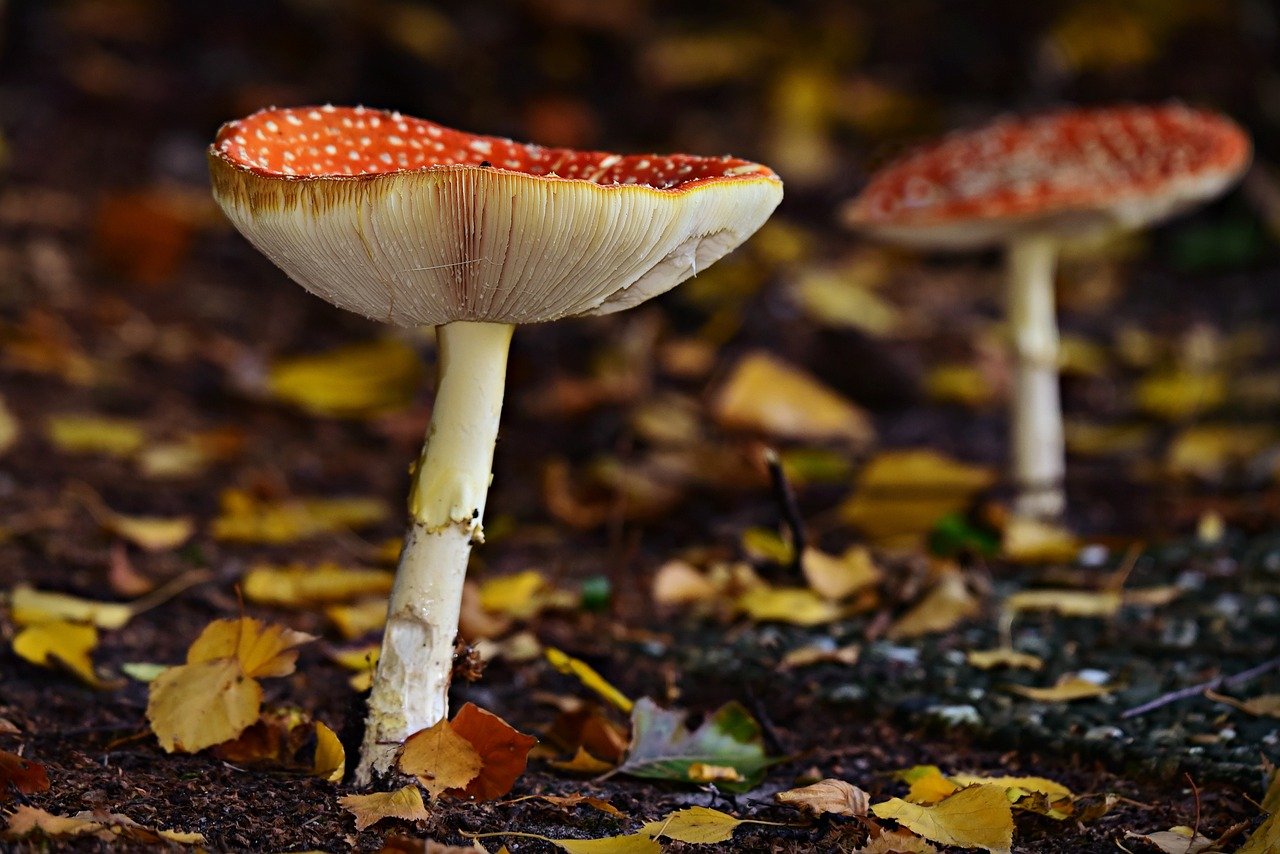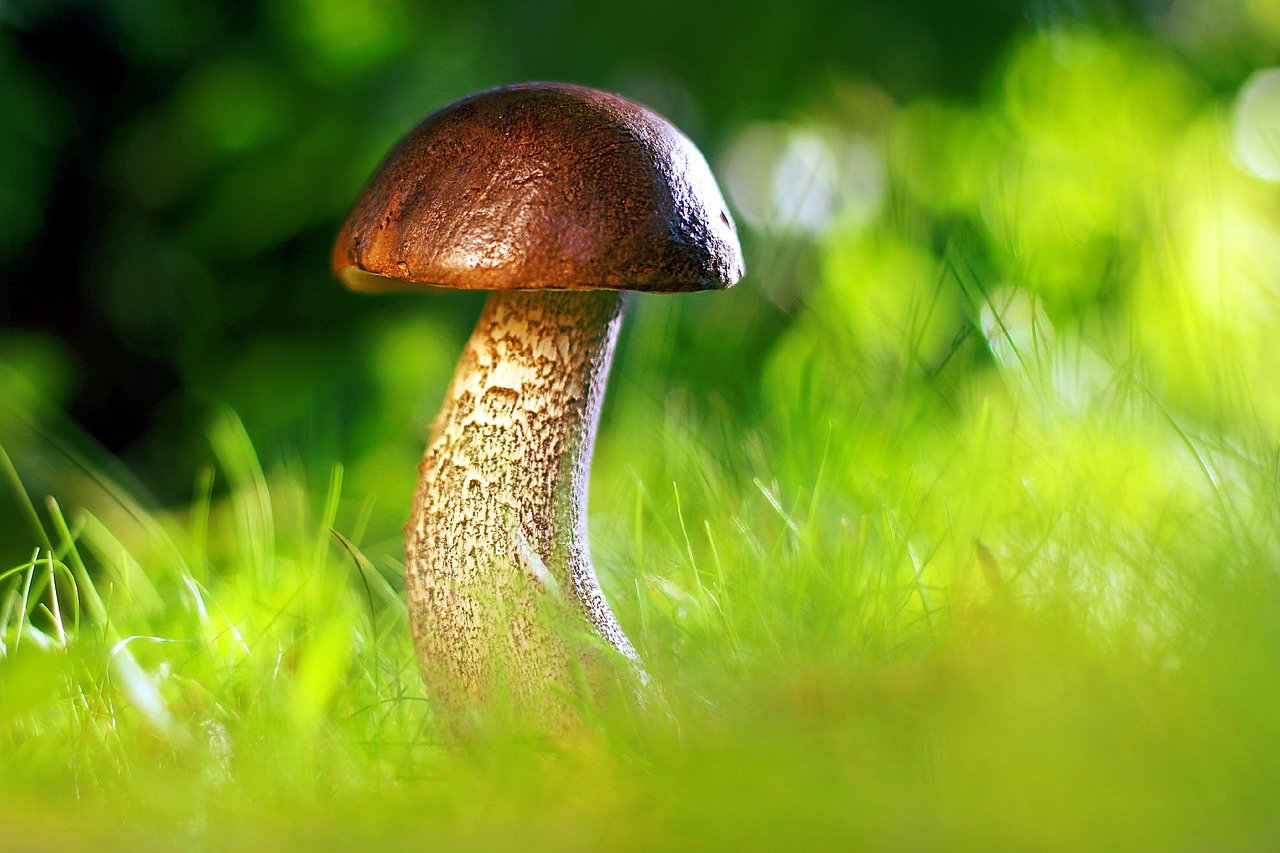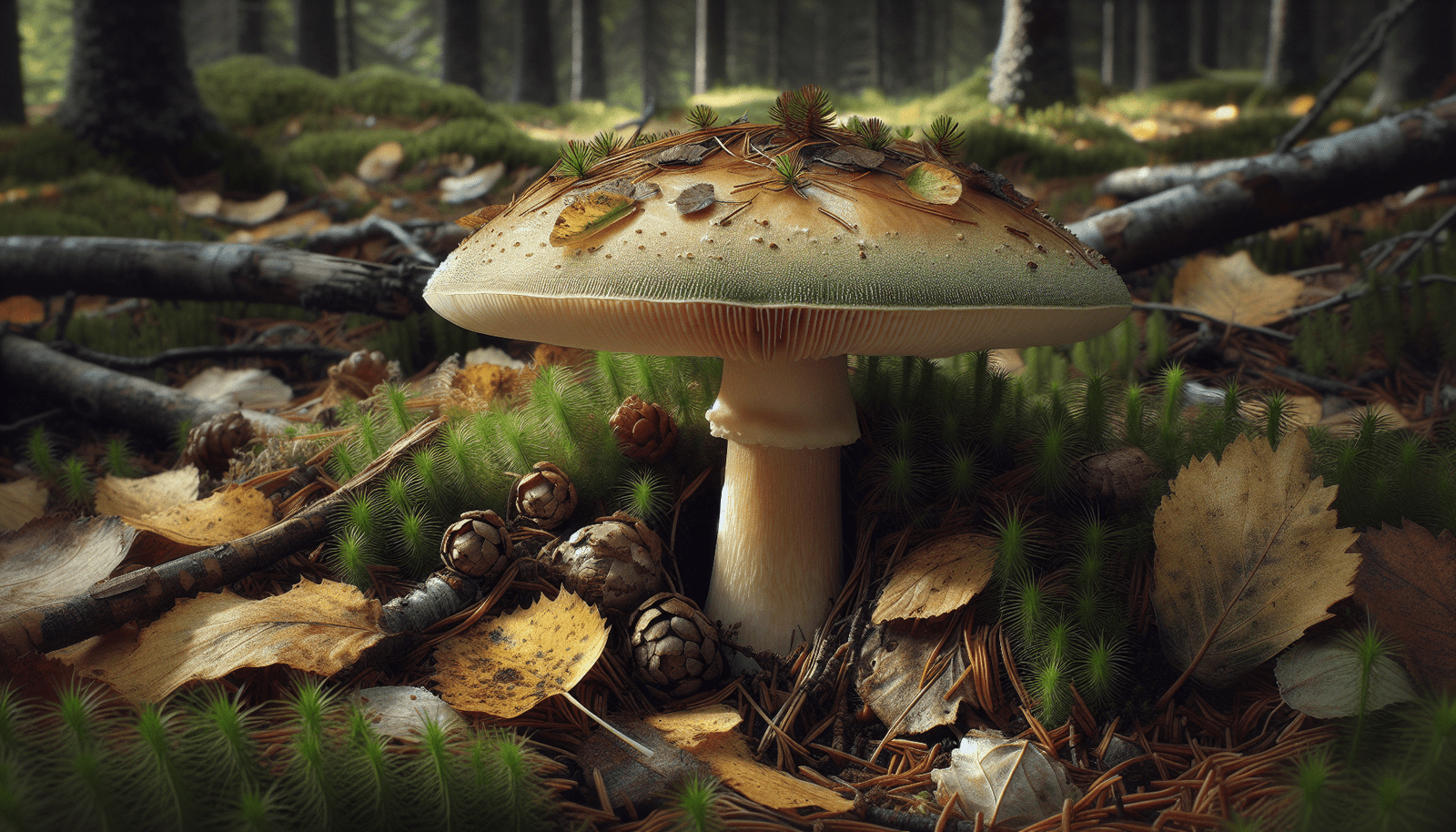In your journey to uncover the secrets of the natural world, understanding where the infamous death cap fungus fits in is both fascinating and vital. This captivating article reveals the classification of the deadly Amanita phalloides, commonly known as the death cap. You’ll explore its biological order and learn why this little mushroom holds such a notorious reputation in the world of mycology. Whether you’re a budding scientist or simply curious, this concise and engaging piece will shed light on one of nature’s most potent fungi. Have you ever wondered about the fascinating world of mushrooms, particularly one as notorious as the death cap? The death cap mushroom is not just another fungus; it has a deep and dark history, coupled with a venomous reputation. When it comes to classifying this lethal mushroom, understanding its order in the biological hierarchy becomes crucial. You might be curious to delve deeper into this topic, and that’s exactly what we will explore.

Understanding Mushrooms and Their Classification
Before we dive into the specifics of the death cap, let’s get a grasp on the broader context of mushroom classification. Mushrooms, like all living organisms, are categorized into hierarchical groups based on their evolutionary relationships and characteristics.
The Basics of Biological Classification
The biological classification system, also known as taxonomy, arranges living organisms into ordered groups for easier study and understanding. This hierarchy, from the broadest to the most specific, is: Domain, Kingdom, Phylum, Class, Order, Family, Genus, and Species. Here’s a quick breakdown:
| Hierarchical Level | Example for Death Cap |
|---|---|
| Domain | Eukarya |
| Kingdom | Fungi |
| Phylum | Basidiomycota |
| Class | Agaricomycetes |
| Order | Agaricales |
| Family | Amanitaceae |
| Genus | Amanita |
| Species | Amanita phalloides |
This system helps scientists and researchers understand relationships and characteristics across different levels of life forms.
The Kingdom Fungi
Mushrooms fall under the Kingdom Fungi, a diverse group of organisms that are neither plant nor animal but possess unique features, such as their mode of nutrition, spore-bearing structures, and cell walls made from chitin. Fungi play crucial roles in ecosystems, including decomposition, nutrient recycling, and even symbiotic relationships with plants.
The Dark and Deadly: Death Cap Mushroom
Now, let’s hone in on our prime subject—the death cap mushroom, scientifically known as Amanita phalloides. This mushroom is infamous for its considerable toxicity and historical association with numerous poisonings and fatalities.
Introducing Amanita phalloides
The death cap is a large, gilled mushroom found in many parts of the world. Its name, Amanita phalloides, translates to “phallus-shaped” due to its initial appearance. Here’s what you might find intriguing:
- Appearance: The death cap typically has an olive-green to yellow cap, white gills, and a bulbous base encased in a white volva.
- Habitat: It thrives in wooded areas, often forming symbiotic relationships with hardwood trees like oaks and chestnuts.
- Distribution: Originally native to Europe, the death cap has spread to other continents, including North America and Australia.
Toxicity and Risks
The danger of the death cap lies in its potent toxins known as amatoxins. These toxins inhibit RNA polymerase II, which is essential for producing RNA in cells, leading to cell death. Here’s a glimpse of the consequences:
- Onset of Symptoms: Initial symptoms might appear 6 to 12 hours post-ingestion, often mimicking gastrointestinal upset with nausea, vomiting, and diarrhea.
- Latent Phase: After initial symptoms, there’s typically a deceptive improvement phase, sometimes causing victims to believe they have recovered.
- Organ Damage: The toxins then cause severe liver and kidney damage, often leading to organ failure and death if not treated promptly.
The Order: Agaricales
One of the fundamental classifications of the death cap mushroom lies in its order—Agaricales. Understanding this order provides context about the death cap’s relatives and characteristics.
Overview of Agaricales
The order Agaricales encompasses a wide variety of mushrooms, commonly known as the “gilled mushrooms” due to their characteristic gilled structures that produce spores. Here’s a look at some key attributes:
- Diversity: Agaricales includes over 33 families, 400 genera, and 13,000 species of fungi.
- Habitat: Members of Agaricales are found globally, thriving in various environments from forests to grasslands.
- Morphology: They exhibit diverse shapes and sizes but are primarily recognized by their gilled fruiting bodies.
Families and Notable Members
Here’s a table outlining some families within the order Agaricales and notable members:
| Family | Notable Members |
|---|---|
| Amanitaceae | Death cap (Amanita phalloides), Fly agaric (Amanita muscaria) |
| Agaricaceae | Field mushroom (Agaricus campestris), Button mushroom (Agaricus bisporus) |
| Boletaceae | King bolete (Boletus edulis), Bitter bolete (Tylopilus felleus) |
| Strophariaceae | Red lead roundhead (Stropharia aurantiaca), Psilocybin mushrooms (Psilocybe spp.) |
The Family: Amanitaceae
Once we’ve honed in on the order Agaricales, it’s necessary to narrow down to the family Amanitaceae, which becomes more specific to understanding the death cap.
Characteristics of Amanitaceae
Amanitaceae includes mushrooms that are both highly toxic and hallucinogenic, along with many edible varieties. The hallmarks of this family include:
- Volva: A sac-like structure at the base of the mushroom.
- Annulus: A ring on the stipe (stem) of the mushroom.
- Universal Veil: A membrane that encapsulates immature mushrooms, remnants of which can often be found on mature fruiting bodies.
Identifying Amanitaceae Members
Members of the Amanitaceae family are easier to identify through their unique features. Some prominent members include:
- Amanita muscaria (Fly Agaric): Known for its bright red cap with white spots, often depicted in fairy tales.
- Amanita caesarea (Caesar’s Mushroom): Popular for its edibility and vibrant colors ranging from yellow to red.

The Genus: Amanita
The genus Amanita is where the death cap belongs. This genus includes some of the most beautiful but perilous mushrooms.
Diversity within Amanita
The genus Amanita is diverse, featuring species ranging from delicious edible varieties to deadly toxic ones. Here’s what you need to know:
- Edible Species: While the death cap is deadly, some Amanitas like Amanita caesarea are prized edibles.
- Toxic Species: Besides Amanita phalloides, members like Amanita virosa (the destroying angel) are intensely toxic.
- Hallucinogenic Species: Some Amanitas, like the fly agaric, possess psychoactive properties.
Each species in the genus Amanita showcases its distinct features, but they share certain morphological traits typical of this genus.
The Species: Amanita phalloides
Narrowing down to the species level, Amanita phalloides represents a critical point of study for its deadliness and significant role in toxicology and mycology.
Identification and Morphology
Recognizing Amanita phalloides in the wild can prevent accidental ingestion and poisoning. Important identification markers include:
- Cap: Olive-green to yellow, smooth, and sticky when wet. The cap may measure between 5 to 15 cm in diameter.
- Gills: White and free from attachment to the stipe.
- Stipe (Stem): White with a prominent ring and bulbous base, often surrounded by a white volva.
Toxic Effects and Treatment
Understanding the toxicological profile of the death cap is essential:
- Toxins: Amatoxins, phallotoxins, and virotoxins contribute to its deadliness. Amatoxins are the most dangerous, specifically targeting the liver and kidneys.
- Symptoms: Besides gastrointestinal distress, symptoms evolve into liver dysfunction, renal failure, and in severe cases, death.
- Treatment: Immediate medical intervention is crucial. Treatment includes activated charcoal, IV fluids, liver protective treatments, and in extreme cases, liver transplantation.

The Ecological Role of Death Cap
Despite its notorious reputation, the death cap plays an ecological role that can’t be overshadowed.
Symbiosis with Trees
One of the most interesting facets about death caps is their symbiotic relationship with trees. They form mycorrhizal associations wherein they help trees with nutrient absorption while receiving carbohydrates in return.
Decomposition and Nutrient Cycling
Like other fungi, death caps contribute to the breakdown of organic matter, playing a critical role in nutrient cycling within ecosystems. Understanding this aspect highlights the ecological balance they help maintain.
Conclusion: The Fatal Beauty of the Death Cap
Our exploration of the death cap, Amanita phalloides, has unraveled its deadly allure and placed it within the grand order of biological classification. From the broad realm of Kingdom Fungi down to the specific species level, we have a clearer understanding of how this lethal mushroom fits into the natural world.
Key Takeaways
- Broad Context: Mushrooms belong to the Kingdom Fungi and the Order Agaricales.
- Family Matters: Within the family Amanitaceae, the death cap stands out due to its toxic profile.
- Specific Identity: Amanita phalloides is identified by its olive-green cap, white gills, and deadly reputation.
- Ecological Role: Despite its toxicity, the death cap plays an essential role in mycorrhizal relationships and nutrient cycling.
Understanding what order the death cap is in not only deepens our appreciation for biological classification but also heightens awareness about one of nature’s most perilous creations. Always exercise caution and respect when encountering mushrooms in the wild; it could very well be a matter of life and death.

